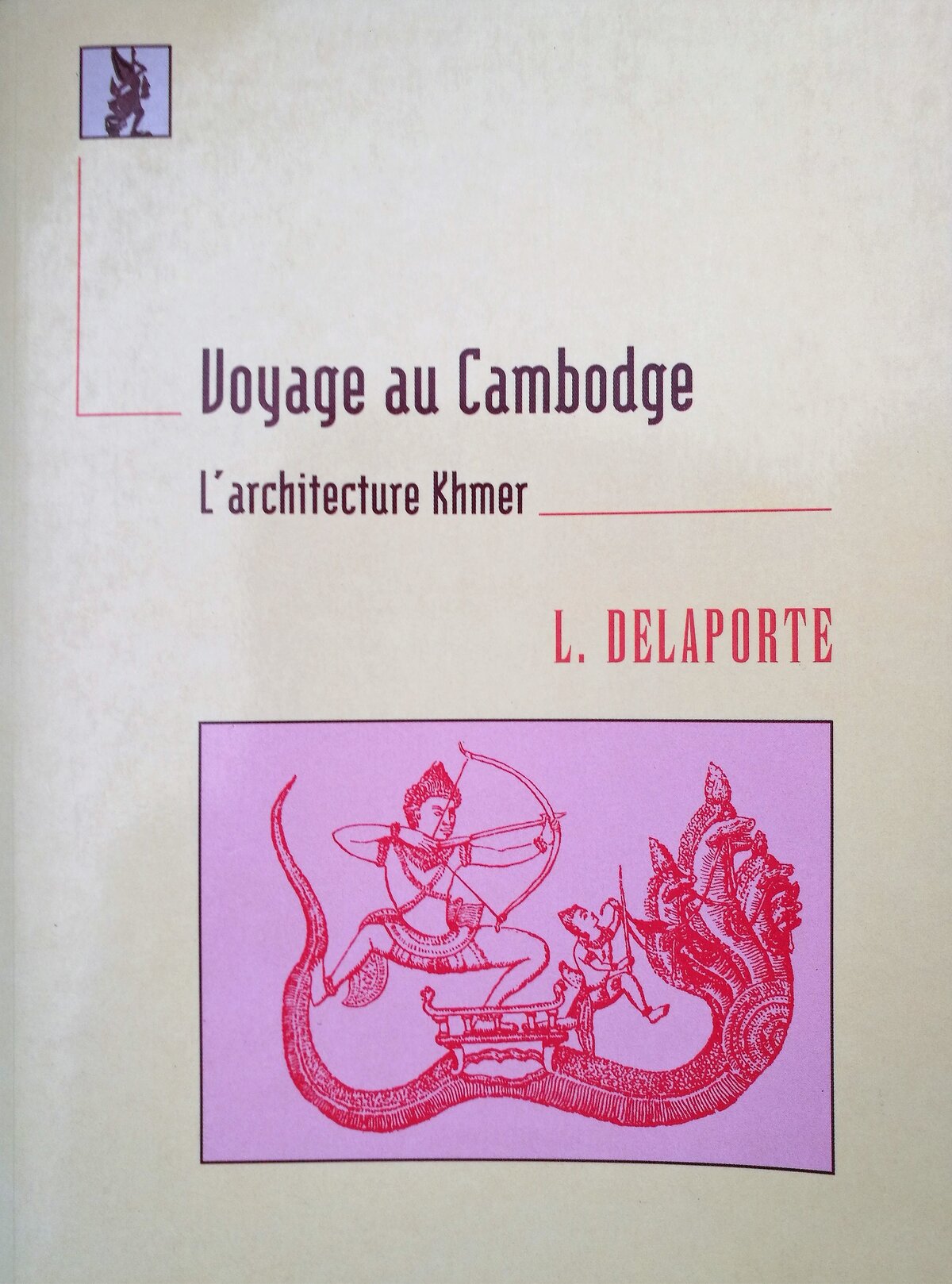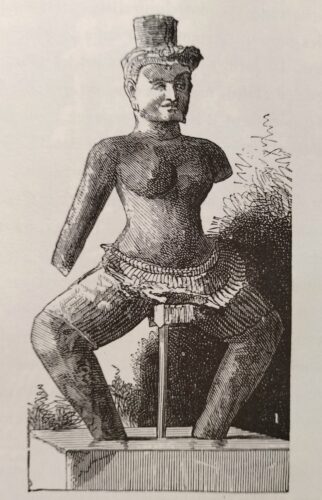Voyage au Cambodge, l'architecture khmer
by Louis Delaporte
Major essay on Khmer architecture, past and pre-modern.

Type: hardback
Publisher: Maisonneuve et Larose | Paris
Edition: Reedition 1999
Published: 1880
Author: Louis Delaporte
Pages: 315
ISBN: 978-2706813740
Language : French
ADB Library Catalog ID: ARK1
Explorer and artist Louis Delaporte was the first to extensively document not only the South East Asian archeological treasures but also the daily life of Khmer, Lao and Thai people at the dawn of the 20th century. Contemporary architects draw inspiration until our days from his observations on the traditional Khmer village house.
The diversity of considered themes, the multidisciplinary approach of Khmer history and art by such a true-to-form 'Renaissance man', makes any attempt of summary quite futile. In the future, we'll develop in detail angles studied by the author. We will start with the chapter 'Analogies de l'architecture khmere avec l'architecture d'autres pays', an impressive essay in comparative architecture.

A market in Luang Praban, Laos, seen by Louis Delaporte one century ago.

'Statue de femme dans l'attitude de la danse, gopura de Ka Keo a Koh Ker': this statue of a female dancer was initially deposited by Delaporte at the Musée Khmer, then transferred to Musée Guimet.
Tags: architecture, drawings, Preah Khan (Kompong Svay), Bayon, archaeology, museums, multidisciplinary studies, comparative architecture
About the Author

Louis Delaporte
The legacy of Louis Delaporte (1842-1925) is absolutely gigantic. After collecting written and drawn observations through his numerous travels around South East Asia, he became the curator of the Musee Indochinois, the main collection of Khmer art abroad. He also minutiously made clay casts of innumerable sculptures and bas-reliefs in Angkor and other temples. Thanks to this effort, contemporary archeologs and restoration experts are nowadays able to reconstruct damaged or looted parts of many sacred buildings. His collection has been donated to the Musee Guimet in Paris after his death, in 1927.
